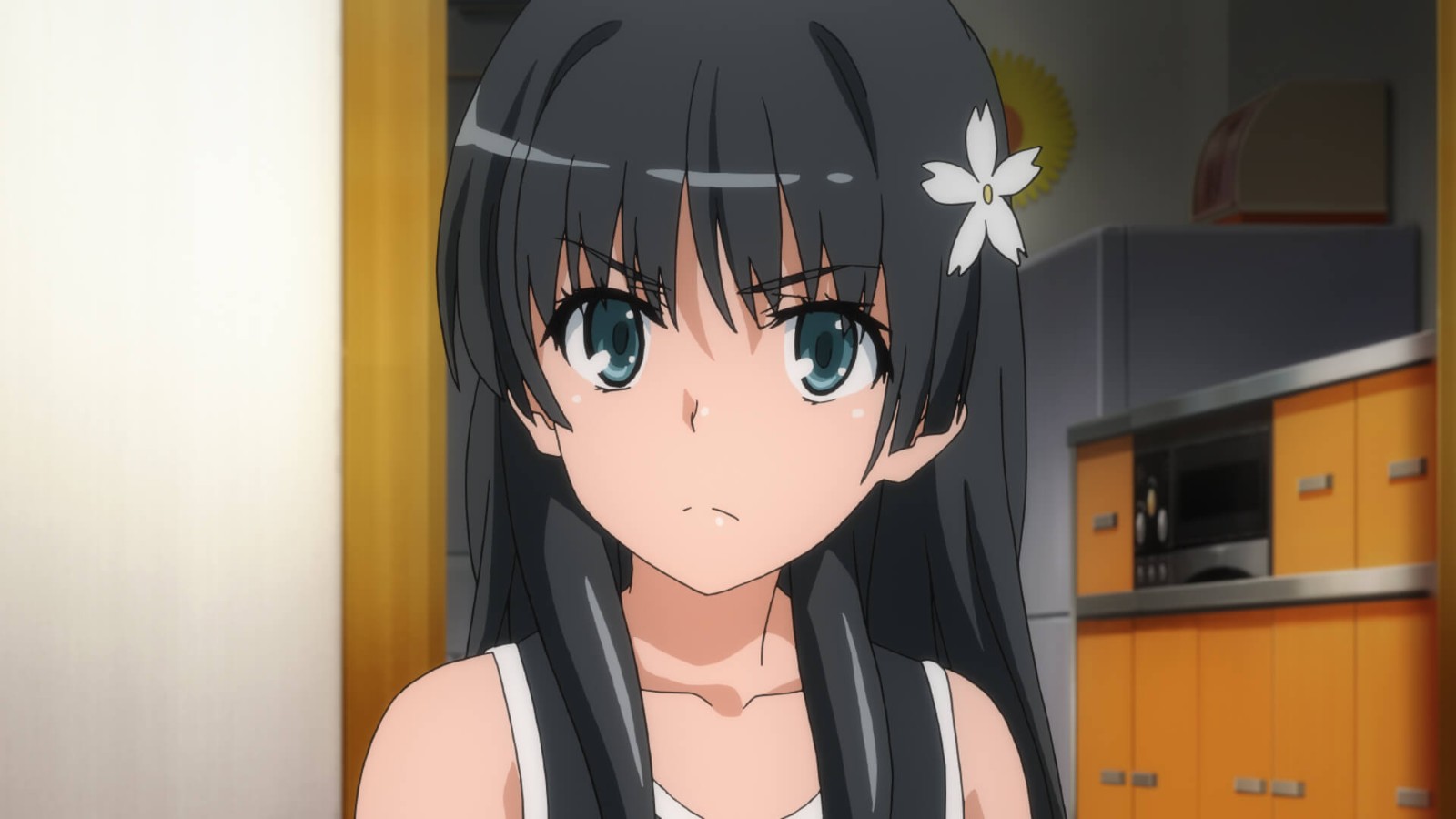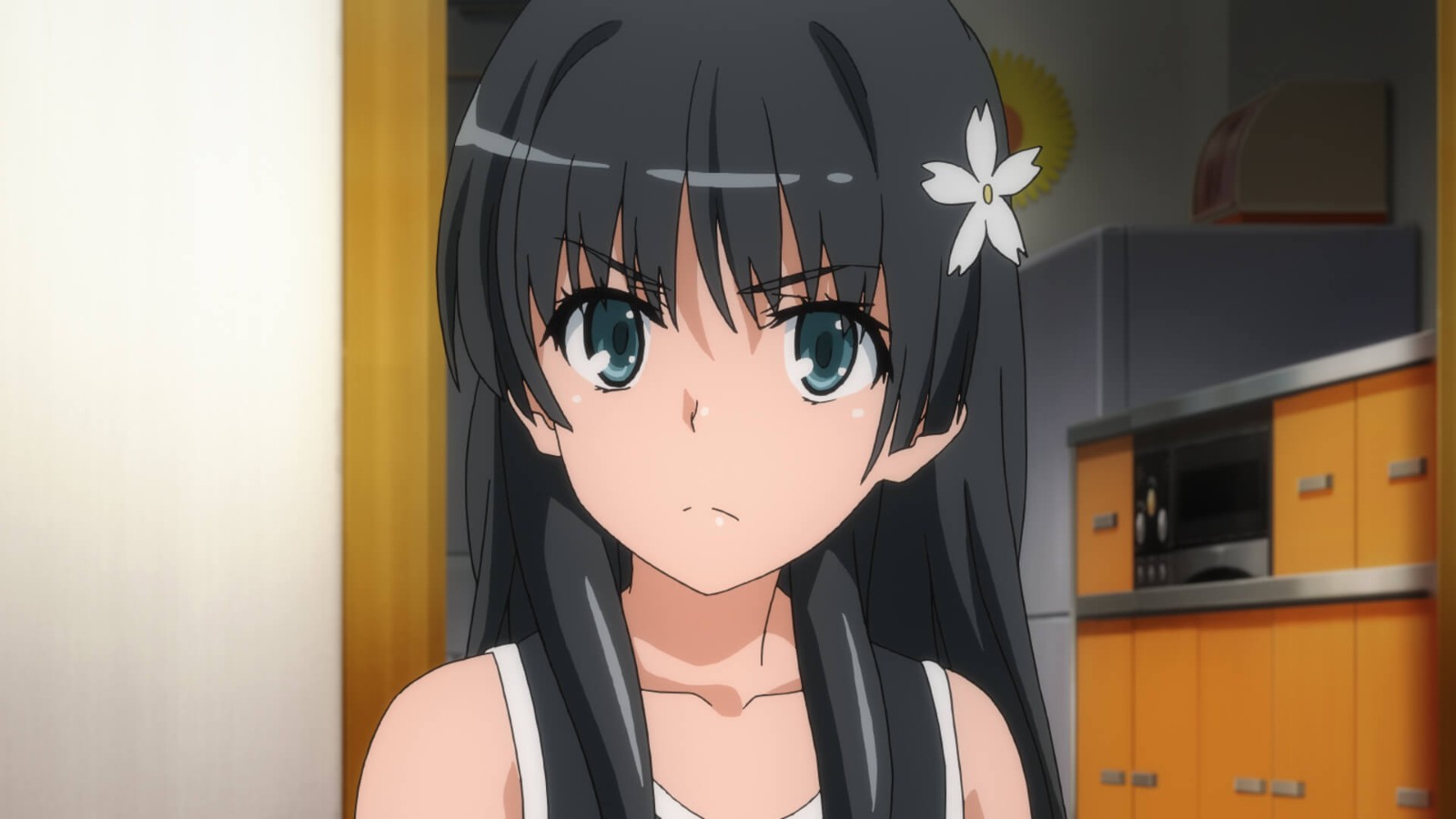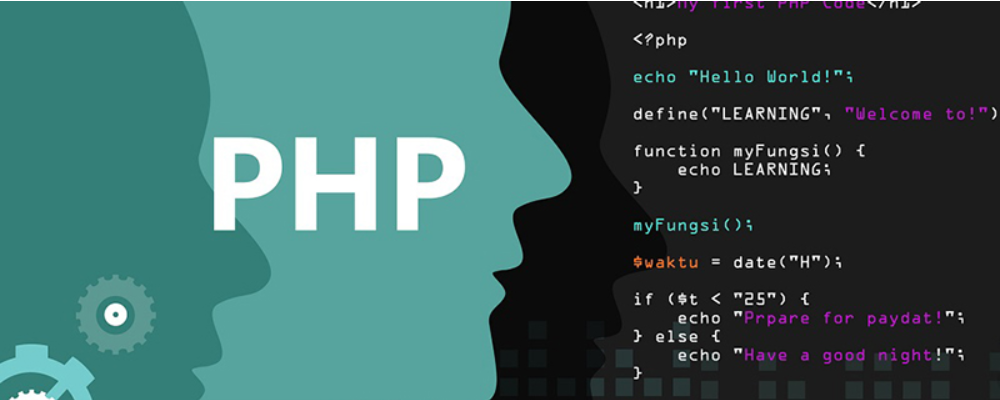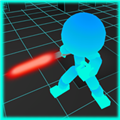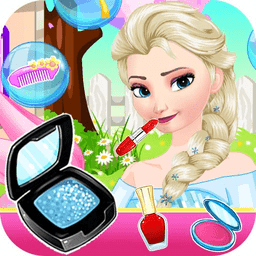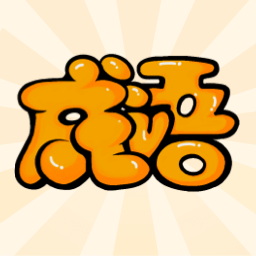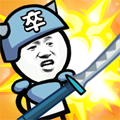SDL入门教程(三):2、显示一张BMP位图。
时间:2010-12-27 来源:landuochong
2.1:准备工作。
找一张*.bmp格式的图片。我在例子中将使用640*480大小的图片。如果你在windows下面,你可以打开画图程序自己简单的画一张,或者将其他 格式的图片另存为bmp。然后将图片名字修改为helloworld.bmp(当然,你也可以在程序的相应部分修改为你目标图片的名字。),这是我们将要 显示的图片。
2.2:创建一个SDL的执行窗口。
我们讨论过,SDL是跨平台的,它的设计者希望使用SDL的源程序不要依赖于具体平台,甚至具体的GUI和窗口管理器。在前面一节中,我们已经简单使用了 SDL_SetVideoMode(),在这里,我们对它做进一步的介绍——使用这个函数实际上遇到的问题会比我们预想中涉及到的问题多,换句话说,这里 的介绍仍然是不完整的。我们当前的目的,只是为了简单的显示一张BMP位图。
找一张*.bmp格式的图片。我在例子中将使用640*480大小的图片。如果你在windows下面,你可以打开画图程序自己简单的画一张,或者将其他 格式的图片另存为bmp。然后将图片名字修改为helloworld.bmp(当然,你也可以在程序的相应部分修改为你目标图片的名字。),这是我们将要 显示的图片。
2.2:创建一个SDL的执行窗口。
我们讨论过,SDL是跨平台的,它的设计者希望使用SDL的源程序不要依赖于具体平台,甚至具体的GUI和窗口管理器。在前面一节中,我们已经简单使用了 SDL_SetVideoMode(),在这里,我们对它做进一步的介绍——使用这个函数实际上遇到的问题会比我们预想中涉及到的问题多,换句话说,这里 的介绍仍然是不完整的。我们当前的目的,只是为了简单的显示一张BMP位图。
SDL_Surface *SDL_SetVideoMode(int width, int height, int bitsperpixel, Uint32 flags);
在这里,我们使用的flag(s)仍然是SDL_SWSURFACE。它的作用是说明所建立的surface是储存在系统内存中的。实际 上,SDL_SWSURFACE是一个“伪位标”,如果你读出它的值,会发现其实是0!这意味着任何其他位标(以及|组合)与SDL_SWSURFACE 的&结果都是0。这个事实的另外一层含义是,surface的数据“至少”会被储存在系统内存中——对立面的意思是,这些数据有可能储存在显存中 (指定使用显存储存数据的位标是SDL_HWSURFACE,它的值是1)。
这个函数的返回值是一个SDL_Surface的结构指针。如果返回是空指针(C中习惯用NULL,而C++标准将空指针表示为0),则表示这个函数调用 失败了。我们可以通过SDL_GetError()获得异常的原因。SDL_Surface结构包含了一个surface的数据结构,包括宽,高和每个像 素点的具体颜色等等,我们也放在后面具体讨论。这里,我们还是直接把SDL_Surface看成一个类,这个函数返回一个SDL_Surface类对象的 指针。
width和height是你希望建立的窗口的宽与高。如果值为0,则建立与你当前桌面等宽高的窗口。bitsperpixel是这个窗口的颜色位深。当前的硬件环境下,相信你的桌面也是32位色的。如果这个值为0,则所建立的窗口使用你当前桌面的位深。
我们试图建立一个640*480大小的,32位色的窗口。并且让返回的surface值储存在系统内存里。(后面会介绍使用显存的方法。)需要注意的是, 我们必须记下这个返回的surface的指针,因为所有的图像操作,最后都是通过修改这个surface的数据作用在显示这个surface的窗口上,最 终呈现在我们眼前的。
这个函数的返回值是一个SDL_Surface的结构指针。如果返回是空指针(C中习惯用NULL,而C++标准将空指针表示为0),则表示这个函数调用 失败了。我们可以通过SDL_GetError()获得异常的原因。SDL_Surface结构包含了一个surface的数据结构,包括宽,高和每个像 素点的具体颜色等等,我们也放在后面具体讨论。这里,我们还是直接把SDL_Surface看成一个类,这个函数返回一个SDL_Surface类对象的 指针。
width和height是你希望建立的窗口的宽与高。如果值为0,则建立与你当前桌面等宽高的窗口。bitsperpixel是这个窗口的颜色位深。当前的硬件环境下,相信你的桌面也是32位色的。如果这个值为0,则所建立的窗口使用你当前桌面的位深。
我们试图建立一个640*480大小的,32位色的窗口。并且让返回的surface值储存在系统内存里。(后面会介绍使用显存的方法。)需要注意的是, 我们必须记下这个返回的surface的指针,因为所有的图像操作,最后都是通过修改这个surface的数据作用在显示这个surface的窗口上,最 终呈现在我们眼前的。
const int SCREEN_WIDTH = 640; // 0 means use current width.
const int SCREEN_HEIGHT = 480; // 0 means use current height.
const int SCREEN_BPP = 32; // 0 means use current bpp.
const Uint32 SCREEN_FLAGS = SDL_SWSURFACE; // SDL_SWSURFACE == 0,surface in system memory.
SDL_Surface* pScreen = 0;
pScreen = SDL_SetVideoMode(SCREEN_WIDTH, SCREEN_HEIGHT, SCREEN_BPP, SCREEN_FLAGS); // Creat a SDL window, and get the window's surface.
try {
if ( pScreen == 0 )
throw SDL_GetError();
}
catch ( const char* s ) {
std::cerr << "SDL_SetVideoMode() failed!\n" << s << std::endl;
SDL_Quit();
return -1;
}
const int SCREEN_HEIGHT = 480; // 0 means use current height.
const int SCREEN_BPP = 32; // 0 means use current bpp.
const Uint32 SCREEN_FLAGS = SDL_SWSURFACE; // SDL_SWSURFACE == 0,surface in system memory.
SDL_Surface* pScreen = 0;
pScreen = SDL_SetVideoMode(SCREEN_WIDTH, SCREEN_HEIGHT, SCREEN_BPP, SCREEN_FLAGS); // Creat a SDL window, and get the window's surface.
try {
if ( pScreen == 0 )
throw SDL_GetError();
}
catch ( const char* s ) {
std::cerr << "SDL_SetVideoMode() failed!\n" << s << std::endl;
SDL_Quit();
return -1;
}
2.3:装载BMP格式的位图。
SDL_Surface *SDL_LoadBMP(const char *file);
这个函数使用C风格字符串的形参,这意味着如果我们使用std::string objName传值的时候,需要使用objName.c_str()(请注意objName.data()没有'/0'),把std::string类转 化为C风格字符串。这个函数把一个BMP位图转化成为SDL的surface数据结构方式(SDL_Surface结构),储存在系统内存中(我没找到任 何信息可以说明能直接储存到显存中),并返回这个surface的指针。如果返回的指针为空,说明函数调用失败了。
SDL_Surface* pShownBMP = 0;
pShownBMP = SDL_LoadBMP("helloworld.bmp"); // Load a BMP file, and convert it as a surface.
try {
if ( pShownBMP == 0 )
throw SDL_GetError();
}
catch ( const char* s ) {
std::cerr << "SDL_LoadBMP() failed!\n" << s << std::endl;
SDL_Quit();
return -1;
}
2.4:块移图面(blit surface)。
pShownBMP = SDL_LoadBMP("helloworld.bmp"); // Load a BMP file, and convert it as a surface.
try {
if ( pShownBMP == 0 )
throw SDL_GetError();
}
catch ( const char* s ) {
std::cerr << "SDL_LoadBMP() failed!\n" << s << std::endl;
SDL_Quit();
return -1;
}
2.4:块移图面(blit surface)。
int SDL_BlitSurface(SDL_Surface *src, SDL_Rect *srcrect, SDL_Surface *dst, SDL_Rect *dstrect);
src指的是要进行blit的源surface,dst指的是blit这个surface要去的目的地——另外一个surface。我们这里先忽略 SDL_Rect结构的具体意思,仅仅需要了解的是,如果srcrect为空指针,意味着整个源surface将被blit;如果dstrect为空指 针,意味着源surface与目的surface的左上角重合(坐标(0,0))。
blit是个有渊源的词语,我将来会在术语解释中具体提到。这个词的本意就是块(block)移动(transfer)的缩写blt,因为这个缩写缺少元音不好读,所以后来加上了i,就变成blit。
如果blit成功,则返回0;否则返回-1。
SDL_Rect* pSrcRect = 0; // If pSrcRect is NULL, the entire source surface is copied.
SDL_Rect* pDstRect = 0; // If pDstRect is NULL, then the destination position (upper left corner) is (0, 0).
try {
if ( SDL_BlitSurface(pShownBMP, pSrcRect, pScreen, pDstRect) != 0 ) // Put the BMP's surface on the SDL window's surface.
throw SDL_GetError();
}
catch ( const char* s ) {
std::cerr << "SDL_BlitSurface() failed!\n" << s << std::endl;
SDL_Quit();
return -1;
}
2.5:显示图片。
SDL_Rect* pDstRect = 0; // If pDstRect is NULL, then the destination position (upper left corner) is (0, 0).
try {
if ( SDL_BlitSurface(pShownBMP, pSrcRect, pScreen, pDstRect) != 0 ) // Put the BMP's surface on the SDL window's surface.
throw SDL_GetError();
}
catch ( const char* s ) {
std::cerr << "SDL_BlitSurface() failed!\n" << s << std::endl;
SDL_Quit();
return -1;
}
2.5:显示图片。
int SDL_Flip(SDL_Surface *screen);
源图面被blit到目的图面上后,就与目的图面融为一体了。在我们的例子中,ShownBMP被“画”在了Screen上(我这里去掉了p,是为了说明这 里讨论的是surface而不是surface的指针)。换句话说,Screen被修改了(似乎也可以用“染指”-_-!!),ShownBMP则没有改 变。
另外一个需要了解的问题是,我们之前对surface的种种操作,实际上都是在修改surface数据结构中的某些数据,当我们最后需要将这些 surface显示到屏幕上(我们打开的SDL操作窗口上),我们需要使用函数SDL_Flip()。如果函数调用成功,则返回0;否则返回-1。
另外一个需要了解的问题是,我们之前对surface的种种操作,实际上都是在修改surface数据结构中的某些数据,当我们最后需要将这些 surface显示到屏幕上(我们打开的SDL操作窗口上),我们需要使用函数SDL_Flip()。如果函数调用成功,则返回0;否则返回-1。
try {
if ( SDL_Flip(pScreen) != 0 ) // Show the SDL window's surface.
throw SDL_GetError();
}
catch ( const char* s ) {
std::cerr << "SDL_Flip() failed!\n" << s << std::endl;
SDL_Quit();
return -1;
}
2.6:这个例子的完整源代码。
if ( SDL_Flip(pScreen) != 0 ) // Show the SDL window's surface.
throw SDL_GetError();
}
catch ( const char* s ) {
std::cerr << "SDL_Flip() failed!\n" << s << std::endl;
SDL_Quit();
return -1;
}
2.6:这个例子的完整源代码。
#include <iostream>
#include "SDL/SDL.h"
void pressESCtoQuit();
int main(int argc, char* argv[])
{
try {
if ( SDL_Init(SDL_INIT_VIDEO) != 0 )
throw SDL_GetError();
}
catch ( const char* s ) {
std::cerr << "SDL_Init() failed!\n" << s << std::endl;
return -1;
}
const int SCREEN_WIDTH = 640; // 0 means use current width.
const int SCREEN_HEIGHT = 480; // 0 means use current height.
const int SCREEN_BPP = 32; // 0 means use current bpp.
const Uint32 SCREEN_FLAGS = SDL_SWSURFACE; // SDL_SWSURFACE == 0,surface in system memory.
SDL_Surface* pScreen = 0;
pScreen = SDL_SetVideoMode(SCREEN_WIDTH, SCREEN_HEIGHT, SCREEN_BPP, SCREEN_FLAGS); // Creat a SDL window, and get the window's surface.
try {
if ( pScreen == 0 )
throw SDL_GetError();
}
catch ( const char* s ) {
std::cerr << "SDL_SetVideoMode() failed!\n" << s << std::endl;
SDL_Quit();
return -1;
}
SDL_Surface* pShownBMP = 0;
pShownBMP = SDL_LoadBMP("helloworld.bmp"); // Load a BMP file, and convert it as a surface.
try {
if ( pShownBMP == 0 )
throw SDL_GetError();
}
catch ( const char* s ) {
std::cerr << "SDL_LoadBMP() failed!\n" << s << std::endl;
SDL_Quit();
return -1;
}
SDL_Rect* pSrcRect = 0; // If pSrcRect is NULL, the entire source surface is copied.
SDL_Rect* pDstRect = 0; // If pDstRect is NULL, then the destination position (upper left corner) is (0, 0).
try {
if ( SDL_BlitSurface(pShownBMP, pSrcRect, pScreen, pDstRect) != 0 ) // Put the BMP's surface on the SDL window's surface.
throw SDL_GetError();
}
catch ( const char* s ) {
std::cerr << "SDL_BlitSurface() failed!\n" << s << std::endl;
SDL_Quit();
return -1;
}
try {
if ( SDL_Flip(pScreen) != 0 ) // Show the SDL window's surface.
throw SDL_GetError();
}
catch ( const char* s ) {
std::cerr << "SDL_Flip() failed!\n" << s << std::endl;
SDL_Quit();
return -1;
}
pressESCtoQuit();
SDL_Quit();
return 0;
}
void pressESCtoQuit()
{
bool gameOver = false;
while( gameOver == false ){
SDL_Event gameEvent;
while ( SDL_PollEvent(&gameEvent) != 0 ){
if ( gameEvent.type == SDL_QUIT ){
gameOver = true;
}
if ( gameEvent.type == SDL_KEYUP ){
if ( gameEvent.key.keysym.sym == SDLK_ESCAPE ){
gameOver = true;
}
}
}
}
return;
}
#include "SDL/SDL.h"
void pressESCtoQuit();
int main(int argc, char* argv[])
{
try {
if ( SDL_Init(SDL_INIT_VIDEO) != 0 )
throw SDL_GetError();
}
catch ( const char* s ) {
std::cerr << "SDL_Init() failed!\n" << s << std::endl;
return -1;
}
const int SCREEN_WIDTH = 640; // 0 means use current width.
const int SCREEN_HEIGHT = 480; // 0 means use current height.
const int SCREEN_BPP = 32; // 0 means use current bpp.
const Uint32 SCREEN_FLAGS = SDL_SWSURFACE; // SDL_SWSURFACE == 0,surface in system memory.
SDL_Surface* pScreen = 0;
pScreen = SDL_SetVideoMode(SCREEN_WIDTH, SCREEN_HEIGHT, SCREEN_BPP, SCREEN_FLAGS); // Creat a SDL window, and get the window's surface.
try {
if ( pScreen == 0 )
throw SDL_GetError();
}
catch ( const char* s ) {
std::cerr << "SDL_SetVideoMode() failed!\n" << s << std::endl;
SDL_Quit();
return -1;
}
SDL_Surface* pShownBMP = 0;
pShownBMP = SDL_LoadBMP("helloworld.bmp"); // Load a BMP file, and convert it as a surface.
try {
if ( pShownBMP == 0 )
throw SDL_GetError();
}
catch ( const char* s ) {
std::cerr << "SDL_LoadBMP() failed!\n" << s << std::endl;
SDL_Quit();
return -1;
}
SDL_Rect* pSrcRect = 0; // If pSrcRect is NULL, the entire source surface is copied.
SDL_Rect* pDstRect = 0; // If pDstRect is NULL, then the destination position (upper left corner) is (0, 0).
try {
if ( SDL_BlitSurface(pShownBMP, pSrcRect, pScreen, pDstRect) != 0 ) // Put the BMP's surface on the SDL window's surface.
throw SDL_GetError();
}
catch ( const char* s ) {
std::cerr << "SDL_BlitSurface() failed!\n" << s << std::endl;
SDL_Quit();
return -1;
}
try {
if ( SDL_Flip(pScreen) != 0 ) // Show the SDL window's surface.
throw SDL_GetError();
}
catch ( const char* s ) {
std::cerr << "SDL_Flip() failed!\n" << s << std::endl;
SDL_Quit();
return -1;
}
pressESCtoQuit();
SDL_Quit();
return 0;
}
void pressESCtoQuit()
{
bool gameOver = false;
while( gameOver == false ){
SDL_Event gameEvent;
while ( SDL_PollEvent(&gameEvent) != 0 ){
if ( gameEvent.type == SDL_QUIT ){
gameOver = true;
}
if ( gameEvent.type == SDL_KEYUP ){
if ( gameEvent.key.keysym.sym == SDLK_ESCAPE ){
gameOver = true;
}
}
}
}
return;
}
2.7:补充说明。
1) 这个程序用到了前面课程中建立起来的函数pressESCtoQuit();
2) 在VC的IDE中,引用的bmp文件可能会需要提供完整的绝对路径,否则直接通过VC菜单启动的程序可能找不到实际上就与exe文件在同一个文件夹中的 bmp图片。你可以直接找到编译后的exe文件,在exe文件夹中直接运行,则不会出现这个问题。或者,你可以修改VC默认的资源文件路径,再或者,你可 以尊重VC的默认约定,将资源文件拷贝到工程目录下(与源文件*.cpp在同一个文件夹里面)。
相关阅读 更多 +

